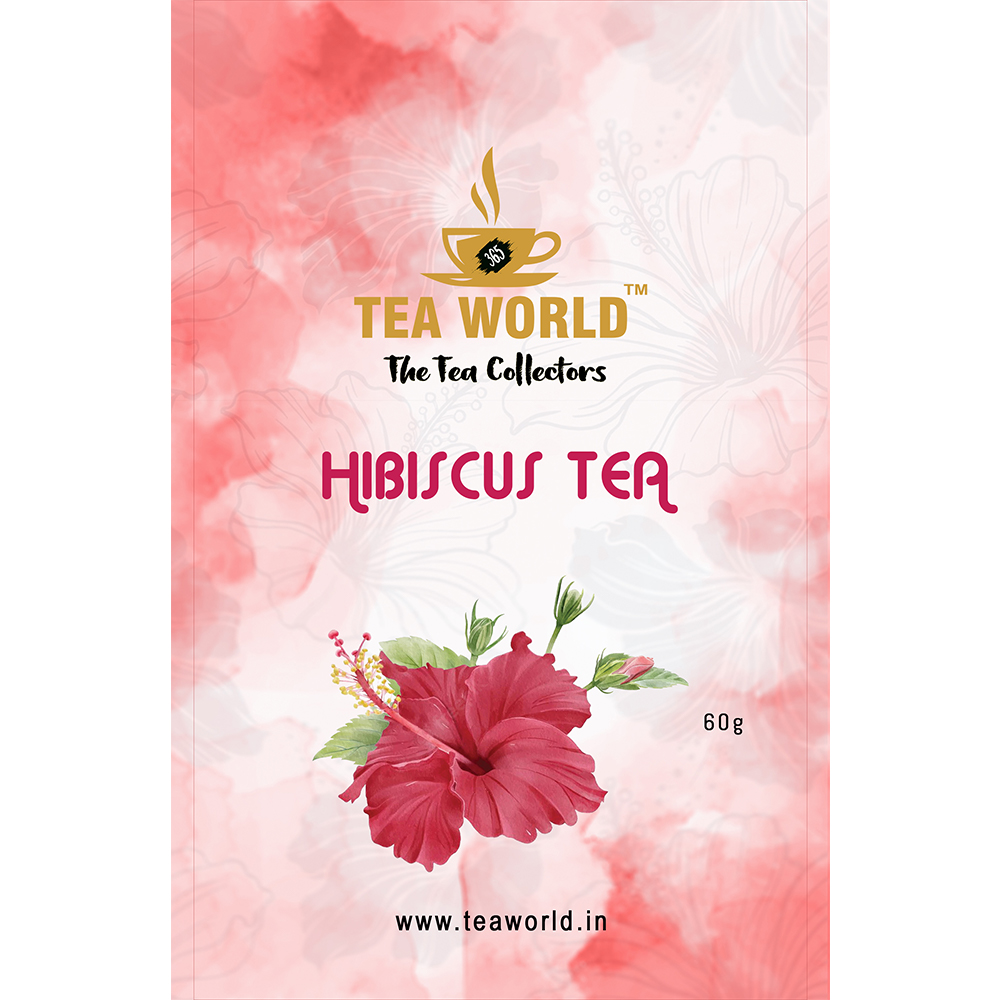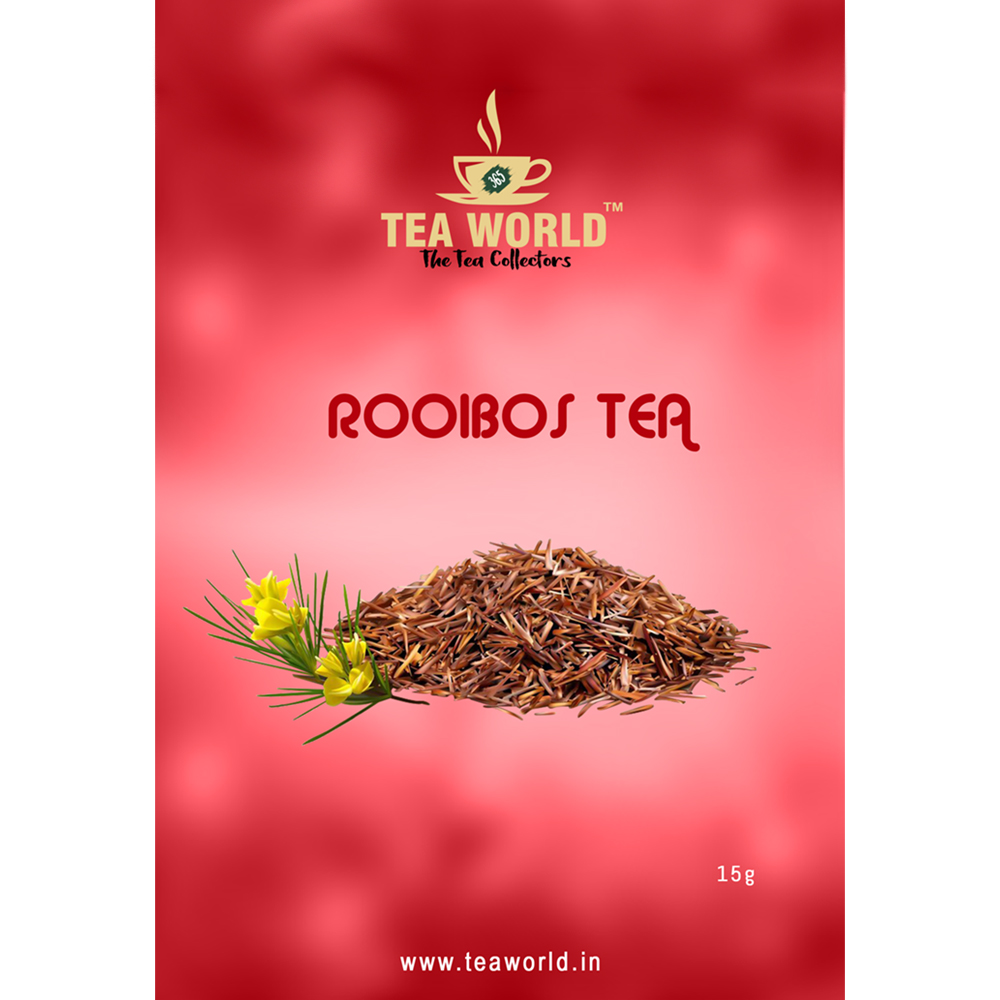For tea lovers around the world, it is not just a beverage, but an emotion. It is a phenomenon of culture that has influenced several economies and societies worldwide. The journey of tea, starting from its origin in China, is steeped in the history and tradition of our world.
So, how did tea get to be so popular? Which country invented tea? When was tea invented? Where did tea come from? This blog answers all these questions by delving deeper into the rich tapestry of tea’s history.
The birthplace of tea; ancient China
The factual evidence of the invention of tea to date remains a mystery. But we do get an idea from myths and folktales from ancient China.
It is said that back in 2732 B.C., Emperor Shen Nong discovered tea leaves as leaves from a wild plant blew over into a pot of boiling water in his garden. Fascinated by the pleasant aroma, he tasted the infusion, which he found surprisingly refreshing.
Even though tea was initially used for medicinal purposes, it gained more popularity during the Tang Dynasty (618–907 CE). Influenced by the Buddhist monks who had a practice of drinking tea for its calming effects, gradually the practice of tea drinking spread across China.
British tea tradition and its colonial impact
It was the Dutch who first brought tea to the British aristocracy in the 17th century as a precious exotic product. However, by the 18th century, tea had become a common drink among all classes and thus played an important role in shaping what is known today as the British tea culture. In that era, one of the key players responsible for the large-scale delivery of tea to Britain was the British East India Company.
They established plantations in both India and Sri Lanka. Tea was also the reason for the notorious opium trade with China, which later led to the opium trade wars in the mid-19th century. During that time, tea was not just a beverage for the British. It was the symbol of economic power.
Tea in the Middle East: a blend of flavours and custom
In the Middle East, tea drinking is not just an activity but a centuries-old tradition with variations in flavours and customs. In the Persian tea culture, black tea is often served with rock sugar. Whereas in Turkey, tea is a strong, dark brew served in tiny glasses.
In countries like Iran and Turkey, tea drinking is quite often considered a ritual. Tea is known as “chai” on the Arabic Peninsula; it is a spiced tea made with a mixture of cardamom and other fragrant spices.
These regional differences in tea demonstrate how adaptable it is and the cultural value it has for various nations and groups worldwide.
African tea cultivation and its unique varieties
British colonists introduced tea cultivation in Kenya in the early 20th century. But it quickly flourished, as the climate and soil were favorable for tea cultivation. From the foothills of Mount Kenya to the highlands of Malawi, Africa has ensured its place amongst others in the tea industry of the world.
Kenya, a globally recognized leader in the tea industry, is well-known for its robust black tea. Malawi, another significant producer of tea focuses on creating premium tea blends. Expansion of the African tea industry has played a significant role in the diversification of tea varieties globally. Furthermore, they have also contributed to the growth of regional economies.
The American Revolution and the Boston Tea Party
From being a well-liked beverage to being the symbol of freedom and revolution, tea has played a role in the history of the world. Tea plays a crucial role in the history of America through the act most famously known as the Boston Tea Party of 1773. This was the act that later led to the American Revolution.
The Revolutionaries of America boarded the British ships and dumped 342 chests of tea into Boston Harbour as an act of defiance against the British Empire. The event emphasizes the political importance of tea and how it helped bring the American colonies together in opposition to British rule. This also marked the start of America’s complicated relationship with tea, which eventually led to a preference for coffee.
The evolution of tea in India: from tradition to industry
The native tribes of Assam were the only ones familiar with the wild plants that gave rise to tea in India long before the British arrived. To break the Chinese production monopoly, the British popularized tea cultivation later in the 19th century, gradually developing it into a significant industry.
India is now among the world’s top producers of tea as a result of this. The unique tea types of places like Assam, Darjeeling, Munnar, Idukki, Wayanad, and Niligiri are highly renowned.
The “champagne of teas,” Darjeeling tea, is exceptionally expensive due to its flavor and fragrance. Indian tea culture is still developing today, keeping a balance between customs and modern trends.
Modern Tea Trends: Globalization and Innovation
The need for diversity among consumers and the forces of globalization have driven several developments and noteworthy trends in the tea industry worldwide in recent decades. The tea market has been overtaken by flavored teas, ready-to-drink bottled teas and herbal infusions.
Matcha, Japan’s finely powdered green tea — aside from its diverse culinary uses — has also gained fame due to its health benefits. Similarly, Taiwan’s bubble tea (also known as boba tea) has gained significant online popularity recently. The expanding population of speciality tea shops and the appearance of tea sommelier courses emphasize this worldwide growing love for tea
The Economic Impact of the Global Tea Industry
Along with satiating the needs of tea lovers, tea is a major economic force, providing a livelihood for millions of people across the globe. The countries dominating tea production, like India, Sri Lanka, China, and Kenya, contribute heavily to their national economies.
Thanks to the increased consumption in emerging markets and the rising popularity of premium and specialty teas, the global tea market is continuing to grow. However, this has also led to certain challenges, like changing market prices and climate change. The need for suitable farming practices is also much needed to ensure long-term viability.
Conclusion
Tea’s journey from China across the world, winning the hearts of many, is a testament to the significance it holds over our culture. Even as a simple beverage or as a symbol of revolution, tea has surely left an indelible mark on our history. To this day, tea remains a part of our cultural heritage.
As modern trends and changes continue to shape the production and consumption of tea, along the way it also unites people of different cultures and heritages who share the same appreciation for its diverse flavors and traditions.







You must be logged in to post a comment.